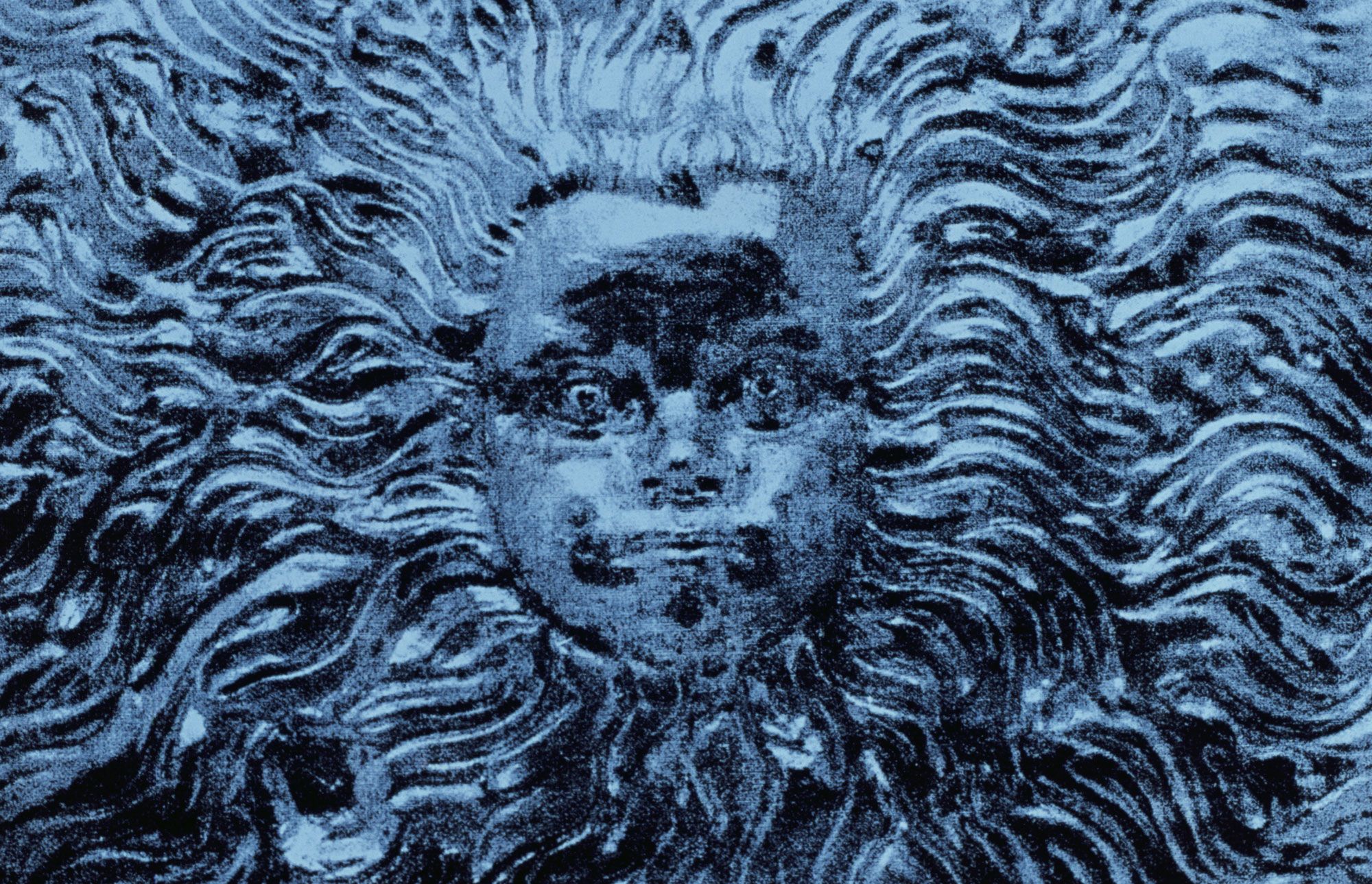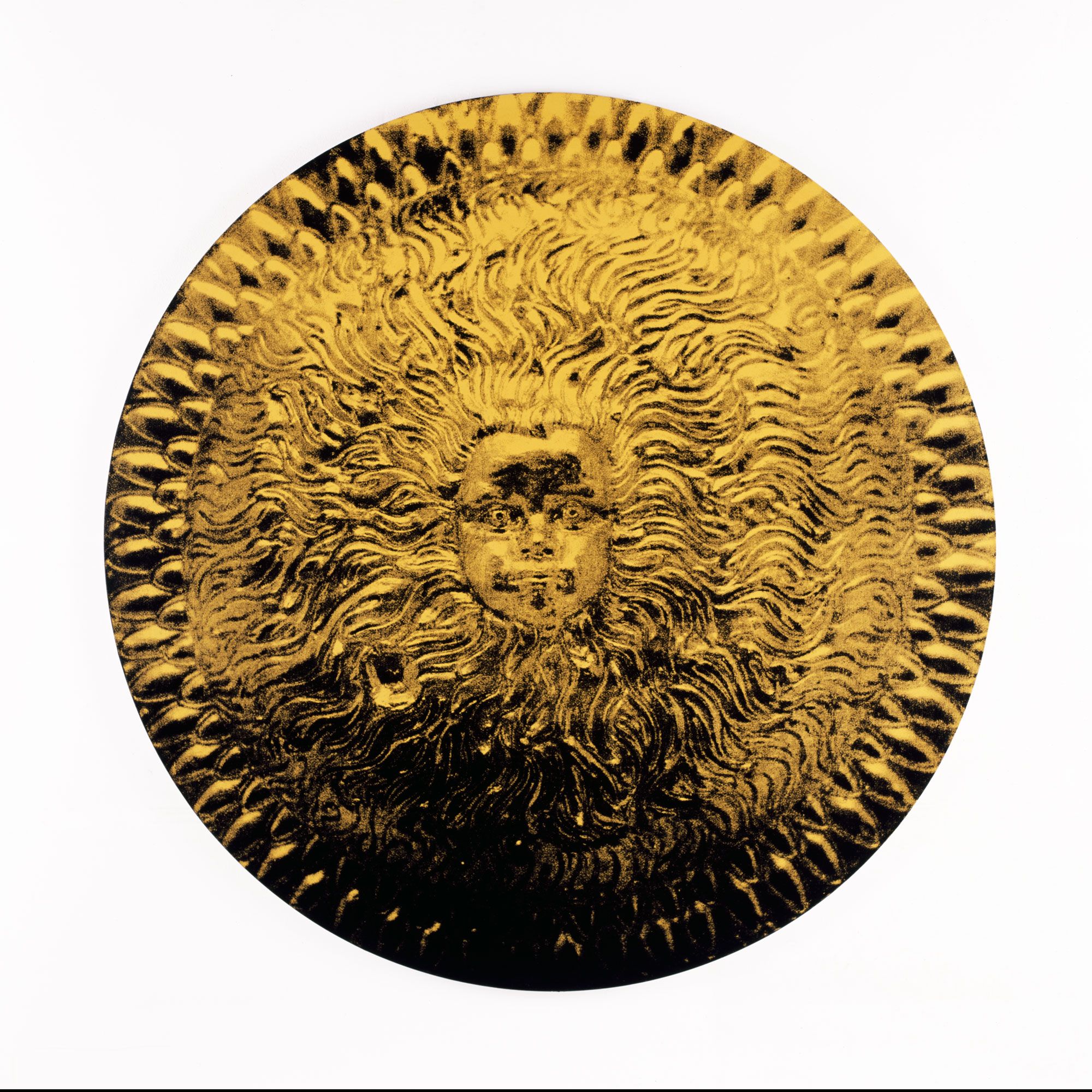The Shield of Achilles - Mark Alexander
Shining in Darkness by Malcolm Bull

Can they just feed on light?
In “The Shining Light”, one of the Olney Hymns, William Cowper wrote:
I see, or think I see, A glimmering from afar; A beam of day that shines for me, To save me from despair.
Forerunner of the sun, It marks the pilgrim’s way; I’ll gaze upon it while I run, And watch the rising day
Is he Orion, the blind giant guided toward the rising sun in Poussin’s painting? Or the psalmist of the De Profundis, waiting like the watchman for the morning? Celan, reading the same text, is running to meet him.
Came, came Came a word, came, came through the night, wanted to shine, wanted to shine.
And their embrace: “Ash”, “Night”. For Cowper, in another of the Olney Hymns, “Light Shining out of Darkness”, composed on the eve of his insanity in 1773, God “…plants his footsteps in the sea, / and rides upon the storm”. But in The Castaway, his final poem, written on March 20th, 1799:
No voice divine the storm allay’d, No light propitious shone.
Cowper’s epitaph, composed by Celan: “Light was. Salvation”
–
Agamben sees in this darkness an excess of light: Celan’s Lichtzwang, ‘lightforce’, as forced illumination. According to him, “they just do not feed on light”; after Celan, poets must “fast on light” instead:
Knock the light-wedges away:
the floating word is dusk’s
Kiefer’s Lichtzwang is the night sky. But for Celan, “the night is the night, it begins with the morning”. Fasting on light, the poet will refuse the “Black milk of daybreak”.
–
According to Vasari, before Michelangelo artists were further from truth than darkness from light, and the Sistine ceiling was the light that illuminated a world sunk in centuries of gloom. But that light was also a darkness, for what Michelangelo demonstrated to the world was, Vasari said, “light and shade”, paired like the sculptures of Night and Day, Dawn and Dusk. The truth was that darkness and light were closer than anyone suspected.
Chiaroscuro was the shorthand for the recreated facticity of the world. And yet it was only the light that contained within it the radiance of beauty: the idea shining through matter. In Heidegger’s reading of Plato, “The idea is pure shining in the sense of the phrase ‘the sun shines’”, but it is also what allows us a view of the visible form, the chiaroscuro of the world itself. And beyond that, the idea of ideas is that which brings about the shining of everything that can shine, it is the “shiniest being” casting ideas half into shadow.
–
Fasting on light, the artist is starved of ideas. The tenebrist becomes a glutton for form. Balthus imagined “a world receptive to its own darkness”, so that it could better receive the light. For him, “painting is a means of acceding to God’s mystery, of extracting some radiance from his kingdom”.
Feasting on light, the artist is blinded. Ideas deform themselves, decreating the fictionality of the world, erasing God’s footsteps from the sea. In the material darkness, the ‘shiniest being’ is Koons’s Rabbit. Art becomes what Plato thought it was: the kenotic incarnation of the commodity. A darkness that came into the world: the non-idea of no ideas.
–
Mark Alexander takes a luminous moment and erases it through repetition. His achievement is that his paintings are still devoid of ideas. It is difficult to work without producing anything – almost impossible to work long into the night without being greeted by the dawn.
Fling the morning door open, Ra-
there glimmers at your mouth’s right corner the sixteenth psalm-
And when he opens his mouth, we read the words:
il mattino ha l’oro in bocca il mattino ha l’oro in bocca il mattino ha l’oro in bocca il mattino ha l’oro in bocca… [continue to end of page]
More about Mark Alexander
Reflections on the Shield of Achilles

The Shield of Achilles - Mark Alexander